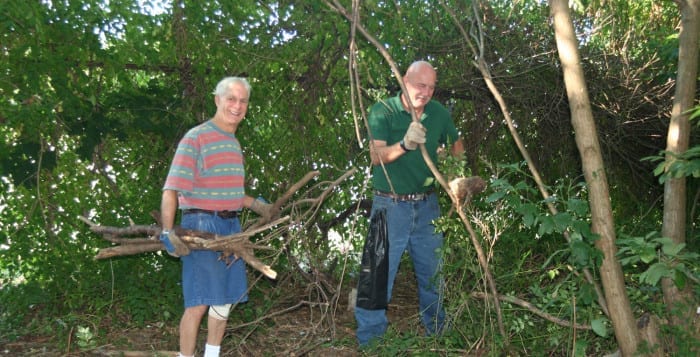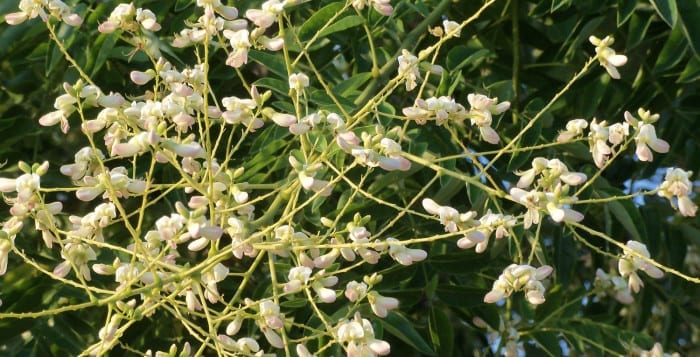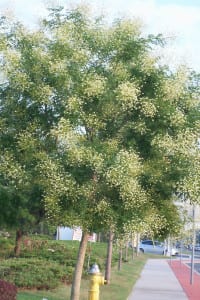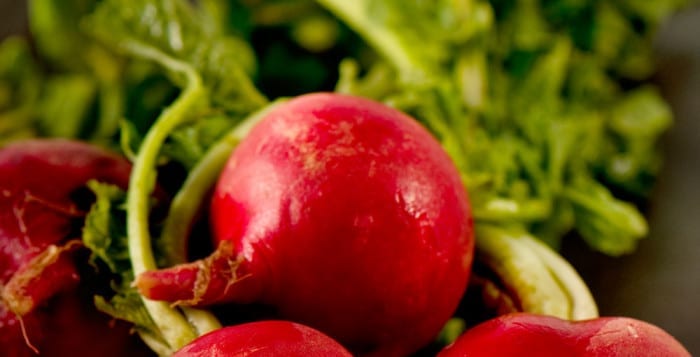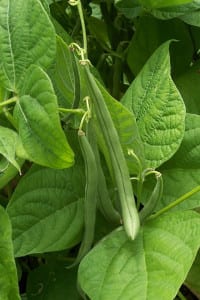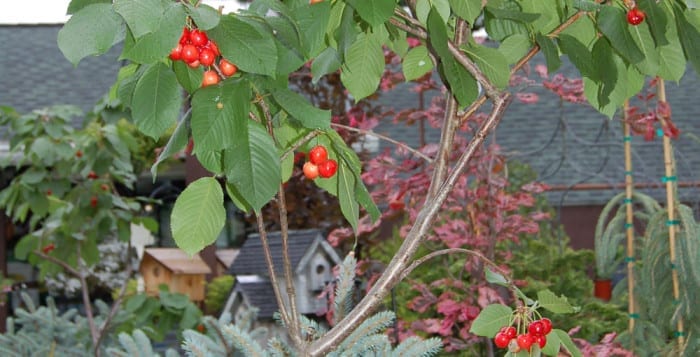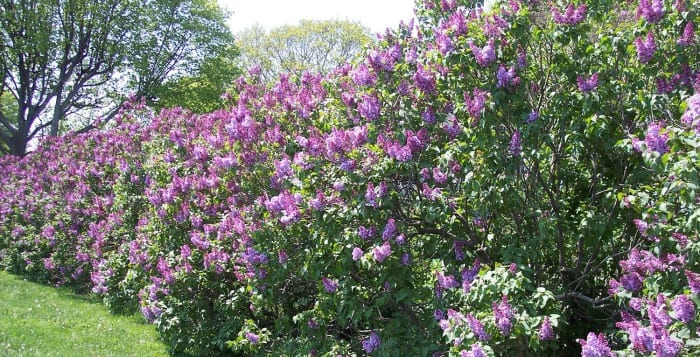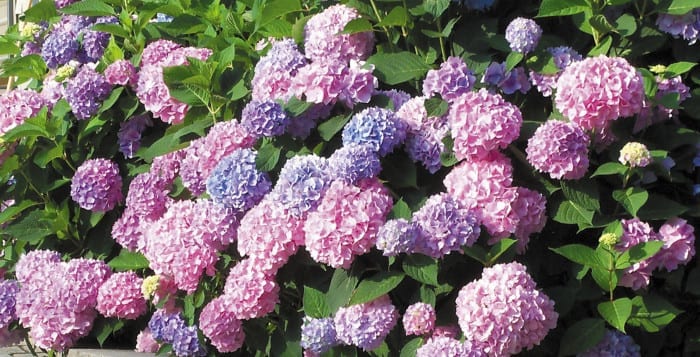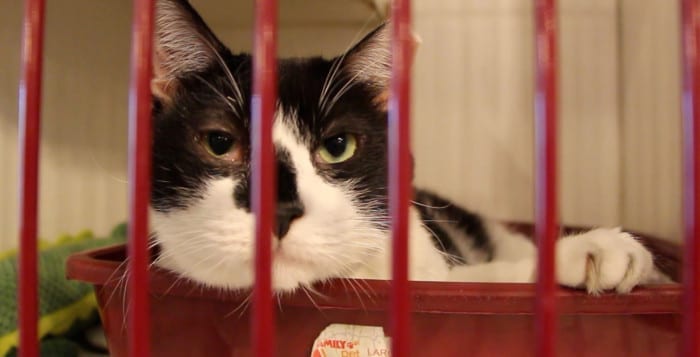By Karen Jillian
“It’s not a surprise that many people are calling the Three Villages ‘Long Island’s Bicycling Capital!’” So writes Herb Mones regarding the Setauket to Port Jefferson Greenway Trail. Mones, a member of the Friends of the Greenway, says “the Greenway Trail [protected open space constructed for conservation and recreational purposes] is a great community resource. Its second phase finished, it has now become “the longest paved greenway in Suffolk County — 3 ½ miles long.”
The Greenway Trail runs between Limroy Lane in East Setauket and the New York State Department of Transportation parking lot in Port Jefferson Station, near Route 112 at Hallock Avenue.
Due to the overwhelming amount of positive results associated with the path, Mones has decided to “engage the community in a program to enhance and beautify the Greenway through monthly cleanups and having the public adopt and maintain portions of the trail.”

A cleanup was held this past Saturday morning. The 28 volunteers were ably assisted by Brookhaven Town Councilwoman Valerie Cartright (D-Port Jefferson Station) who believes that “the development of the Greenway has been nothing but a positive asset and resource.”
“When I speak to people in my district about the trail, they mention they enjoy that it connects communities. At the beginning, when a new idea like this is introduced, there is always a level of fear from some in the community until people see what an asset it can be, especially once people use it,” said Cartright.
Local resident and volunteer, Norm Samuels, echoed her sentiments. “People are generally very happy with the trail and use it in many different ways: walking, running, biking and dog walking. During the right weather I go cross-country skiing! Only complaint some have: no port-o-potty.”
Another hardworking elected official at Saturday’s cleanup was Suffolk County Legislator Kara Hahn (D-Setauket).An obvious environmental enthusiast, she said, “I was always excited about this idea of a trail. From social community, health and environmental perspectives, we are all better for it. The good use of the trail drives out any bad use.”
The volunteers report that “bad use” consists of the occasional strewn trash, which is a light amount. As for people being worried about kids hanging out, non-usage of the trail or any negatives, the trail, has, instead, brought many positive attributes. Usage of the trail is very high. Most people have cleaned up after themselves and their dogs and traffic on Upper Sheep Pasture has slowed down dramatically because of the enhanced safety crossings and alerting of drivers to crosswalks.
But the best may be yet to come. This trail, which began as an acquired stretch of property in the 1960s and had originally been pitched as a bypass to 25A, had, in the 1990s become part of an alternative plan to become a Greenbelt Trail. Today the Friends of the Greenway are working with North Shore Rails to Trails “in an effort to extend the path from Port Jefferson Station to Wading River, which would create a 15-mile ribbon of bike paths,” according to Mones. Not bad for something that started out over 50 years ago as a paper road for a vehicular bypass!
The trail, though, needs the community for it to survive and be maintained. The next clean up is scheduled for Sept. 26 from 8 a.m. to 10 a.m. If you would like more information on being a part of this growing community that uses the trail or would like to volunteer, you can call the Three Village Community Trust’s Friends of the Greenway at 631-689-0225.

